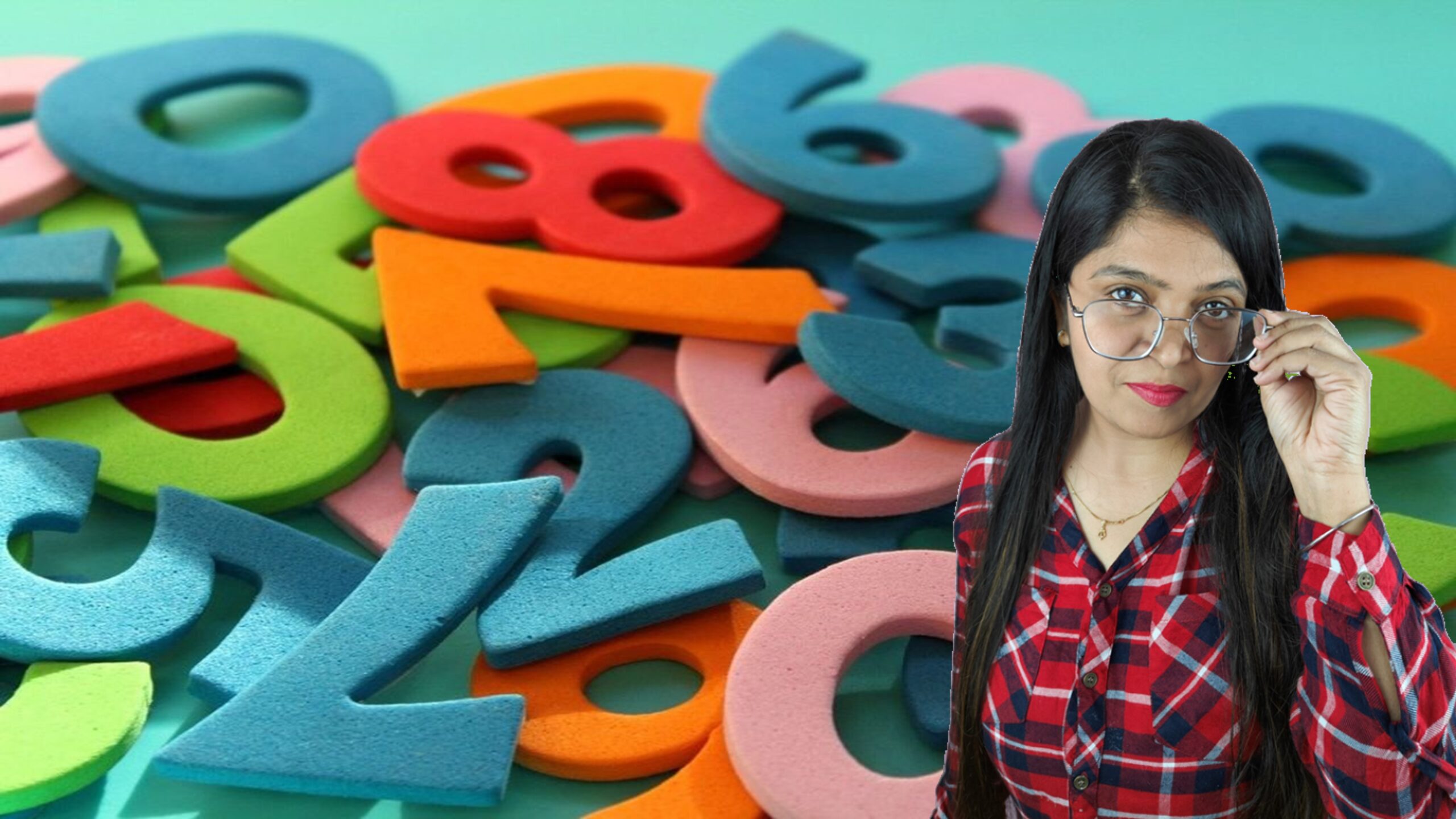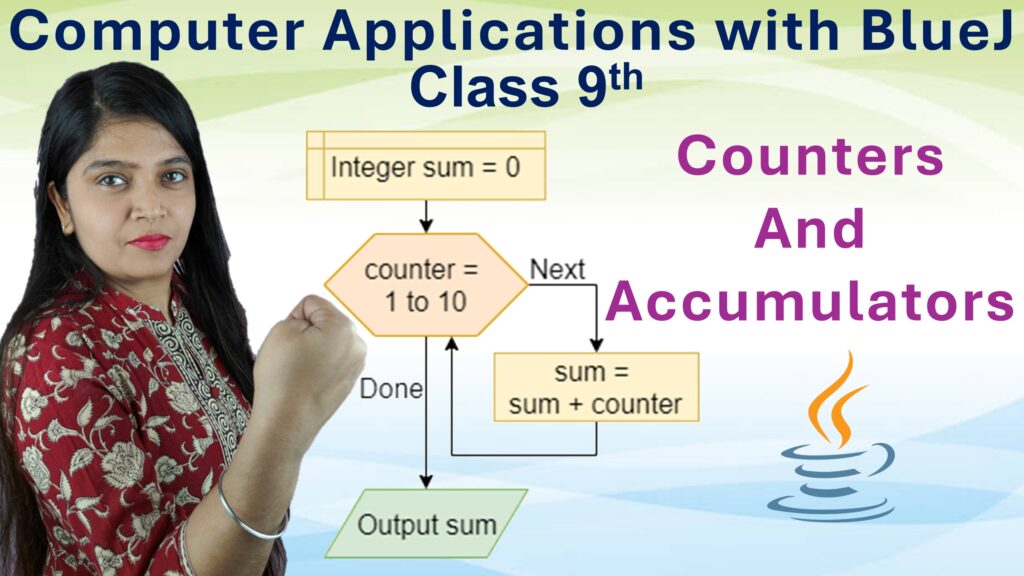Exercise: 2-A
Q1: Fill in the blanks:
i. 168 + 259 = _____ + 168
Step-by-step solution:
Using the commutative property of addition, we can swap the terms: 168 + 259 = 259 + 168.
Answer: 168 + 259 = 259 + 168
ii. _____ + 317 = 317
Step-by-step solution:
We know that adding 0 to any number gives the number itself. So, 0 + 317 = 317.
Answer: 0 + 317 = 317
iii. (37 + 68) + ____ = 37 + (____ + 56)
Step-by-step solution:
We use the associative property of addition here: (a + b) + c = a + (b + c).
So, we add 56 to both sides to make both sides equal.
Answer: (37 + 68) + 56 = 37 + (68 + 56)
iv. 8 + 3 × 4 = _____
Step-by-step solution:
According to the BODMAS rule (Brackets, Order, Division, Multiplication, Addition, Subtraction), we perform multiplication first.
3 × 4 = 12, then add 8: 8 + 12 = 20.
Answer: 8 + 3 × 4 = 8 + 12 = 20
v. 18 × (____ + 23) = (18 × 17) + (18 × ____)
Step-by-step solution:
This is an application of the distributive property of multiplication over addition: a × (b + c) = (a × b) + (a × c).
So, 18 × (17 + 23) = (18 × 17) + (18 × 23).
Answer: 18 × (17 + 23) = (18 × 17) + (18 × 23)
Q2: Fill in the blanks:
i. 237 × 1 = ____
Step-by-step solution:
Multiplying any number by 1 gives the same number, so 237 × 1 = 237.
Answer: 237 × 1 = 237
ii. 56 × ____ = 0
Step-by-step solution:
Multiplying any number by 0 gives 0, so 56 × 0 = 0.
Answer: 56 × 0 = 0
iii. 0 ÷ 53 = _____
Step-by-step solution:
Dividing 0 by any non-zero number gives 0, so 0 ÷ 53 = 0.
Answer: 0 ÷ 53 = 0
iv. 37 × 59 = 59 × _____
Step-by-step solution:
By the commutative property of multiplication, 37 × 59 = 59 × 37.
Answer: 37 × 59 = 59 × 37
v. 0 × 138 = _____
Step-by-step solution:
Multiplying any number by 0 gives 0, so 0 × 138 = 0.
Answer: 0 × 138 = 0
vi. 73 ÷ 73 = _____
Step-by-step solution:
Any non-zero number divided by itself equals 1, so 73 ÷ 73 = 1.
Answer: 73 ÷ 73 = 1
Q3: Divide 3605 by 29 and verify the division algorithm.
Step 1: Perform the division
We divide 3605 by 29:
29 × 124 = 3596
⇒ Quotient = 124
⇒ Remainder = 3605 – 3596 = 9
Step 2: Verify using the division algorithm
According to the division algorithm:
Dividend = Divisor × Quotient + Remainder
3605 = 29 × 124 + 9
3605 = 3596 + 9
3605 = 3605 ✅
Verified! The division algorithm holds true.
Q4: Find the number which when divided by 45 gives 16 as quotient and 9 as remainder.
Step 1: Use the division algorithm
According to the division algorithm:
Dividend = Divisor × Quotient + Remainder
Step 2: Substitute the given values
Dividend = 45 × 16 + 9
= 720 + 9
= 729
Answer:The required number is 729
Q5: Find the largest number of 5-digits which is exactly divisible by 57.
Step 1: Identify the largest 5-digit number
The largest 5-digit number is:
99999
Step 2: Divide 99999 by 57
We divide to find how many times 57 goes into 99999 completely:
99999 ÷ 57 = 1754.368…
Quotient = 1754 (take the whole number part only)
Step 3: Multiply quotient by divisor
Largest number divisible by 57 = 57 × 1754 = 99978
Answer:The largest 5-digit number divisible by 57 is 99978
Q6: Find the smallest 6-digit number which is exactly divisible by 63.
Step 1: Identify the smallest 6-digit number
The smallest 6-digit number is: 100000
Step 2: Divide 100000 by 63
We divide to find the smallest multiple of 63 that is ≥ 100000
100000 ÷ 63 ≈ 1587.3015
Next whole number quotient = 1588
Step 3: Multiply quotient by divisor
Smallest number divisible by 63 = 63 × 1588 = 100044
Answer:The smallest 6-digit number divisible by 63 is 100044
Q7: On dividing 1653 by a certain number, we get 45 as quotient and 33 as remainder. Find the divisor.
Step 1: Use the division algorithm
According to the division algorithm:
Dividend = Divisor × Quotient + Remainder
Step 2: Substitute the known values
1653 = Divisor × 45 + 33
Step 3: Rearrange to find the divisor
1653 – 33 = Divisor × 45
1620 = Divisor × 45
Step 4: Solve for Divisor
Divisor = 1620 ÷ 45 = 36
Answer:The required divisor is 36
Q8: Use distributive law and evaluate:
i. 576 × 285 + 576 × 115
Using distributive law:
= 576 × (285 + 115)
= 576 × 400 = 230400
Answer: 230400
ii. 385 × 178 – 385 × 78
Using distributive law:
= 385 × (178 – 78)
= 385 × 100 = 38500
Answer: 38500
iii. 365 × 645 + 135 × 645
Using distributive law:
= (365 + 135) × 645
= 500 × 645 = 322500
Answer: 322500
iv. 407 × 168 – 307 × 168
Using distributive law:
= (407 – 307) × 168
= 100 × 168 = 16800
Answer: 16800
Q9: Using the most convenient grouping, find each of the following products:
i. 5 × 648 × 20
We can group as (5 × 20) × 648:
= 100 × 648 = 64800
Answer: 64800
ii. 8 × 329 × 25
We can group as (8 × 25) × 329:
= 200 × 329
Answer: 65800
iii. 8 × 12 × 25 × 7
We can group as (8 × 25) × (12 × 7):
= 200 × 84
Answer: 16800
iv. 125 × 40 × 8 × 25
We can group as (125 × 8) × (40 × 25):
= 1000 × 1000
Answer: 1000000
Q10: Divide and verify the answer by division algorithm:
i. 3680 ÷ 87
Step 1: Perform the division
3680 ÷ 87 = 42 (quotient) with remainder 26.
Step 2: Verify using the division algorithm
According to the division algorithm:
Dividend = Divisor × Quotient + Remainder
3680 = 87 × 42 + 26
3680 = 3654 + 26
3680 = 3680 ✅
Answer: Verified
ii. 17368 ÷ 327
Step 1: Perform the division
17368 ÷ 327 = 53 (quotient) with remainder 37.
Step 2: Verify using the division algorithm
According to the division algorithm:
Dividend = Divisor × Quotient + Remainder
17368 = 327 × 53 + 37
17368 = 17331 + 37
17368 = 17368 ✅
Answer: Verified
iii. 32679 ÷ 265
Step 1: Perform the division
32679 ÷ 265 = 123 (quotient) with remainder 84.
Step 2: Verify using the division algorithm
According to the division algorithm:
Dividend = Divisor × Quotient + Remainder
32679 = 265 × 123 + 84
32679 = 32595 + 84
32679 = 32679 ✅
Answer: Verified
Q11: Verify each of the following:
i. 2867 + 986 = 986 + 2867
Step 1: Verify using commutative property of addition
The commutative property of addition states that:
a + b = b + a
2867 + 986 = 3853
986 + 2867 = 3853
Both sides are equal. ✅
Answer: Verified
ii. 368 × 215 = 215 × 368
Step 1: Verify using commutative property of multiplication
The commutative property of multiplication states that:
a × b = b × a
368 × 215 = 79020
215 × 368 = 79020
Both sides are equal. ✅
Answer: Verified
iii. (156 + 273) + 74 = 156 + (273 + 74)
Step 1: Verify using associative property of addition
The associative property of addition states that:
(a + b) + c = a + (b + c)
(156 + 273) + 74 = 429 + 74 = 503
156 + (273 + 74) = 156 + 347 = 503
Both sides are equal. ✅
Answer: Verified
iv. (86 × 55) × 110 = 86 × (55 × 110)
Step 1: Verify using associative property of multiplication
The associative property of multiplication states that:
(a × b) × c = a × (b × c)
(86 × 55) × 110 = 4730 × 110 = 520300
86 × (55 × 110) = 86 × 6050 = 520300
Both sides are equal. ✅
Answer: Verified
Q12: Simplify:
i. 39 – 18 ÷ 3 + 2 × 3
Step 1: Follow the order of operations (BODMAS)
First, perform division and multiplication.
= 39 – (18 ÷ 3) + (2 × 3)
= 39 – 6 + 6
Now, perform addition and subtraction from left to right.
= 39 + 6 – 6
= 39
Answer: 39
ii. 8 + 2 × 5
Step 1: Follow the order of operations (BODMAS)
First, perform multiplication.
= 8 + (2 × 5)
= 8 + 10
= 18
Answer: 18
iii. 5 × 8 – 6 ÷ 2
Step 1: Follow the order of operations (BODMAS)
First, perform multiplication and division.
= (5 × 8) – (6 ÷ 2)
= 40 – 3
= 37
Answer: 37
iv. 19 – 9 × 2
Step 1: Follow the order of operations (BODMAS)
First, perform multiplication.
= 19 – (9 × 2)
= 19 – 18
= 1
Answer: 1
v. 15 ÷ 5 × 4 ÷ 2
Step 1: Follow the order of operations (BODMAS)
First, perform division and multiplication from left to right.
= (15 ÷ 5) × 4 ÷ 2
= 3 × 4 ÷ 2
= 12 ÷ 2
= 6
Answer: 6







Leave a Comment